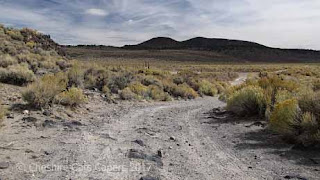Caballo Lake was overcast and cloudy as we headed off for the
almost ghost town of Chloride. Once we exited
the interstate we left the cloudy skies behind.
We’ve visited Chloride before, it’s a lovely drive with
endless skies and wide open views.
At Winston we followed the road further into the mountains
before coming to halt in Chloride at the parking area by the store and museum.
Once a silver mining town with mostly tough, hard working,
hard drinking miners, Chloride grew to have a population of about 3,000 people.
The town had practically everything a person could need,
saloons, stores, assay office, laundry, livery stables, hotel, blacksmiths, red
light district, etc., etc., but no
church!
Freight, mail and passengers came from Engle, about 50 miles
away and ox powered freight wagons drove the trails to Magdalena, making at
least one trip a year to St Louis to bring in heavy freight.
Even though Chloride survived the silver panic in 1893 the
town gradually dwindled away and now it’s a quiet little village backing onto
the Gila National Forest and the Black Range.
We saw these deer wandering down the street as we left.
While we were in Chloride we had gorgeous blue skies and
sunshine,
but as we got closer to Caballo, the darker the skies became.
Have fun, we are!























































